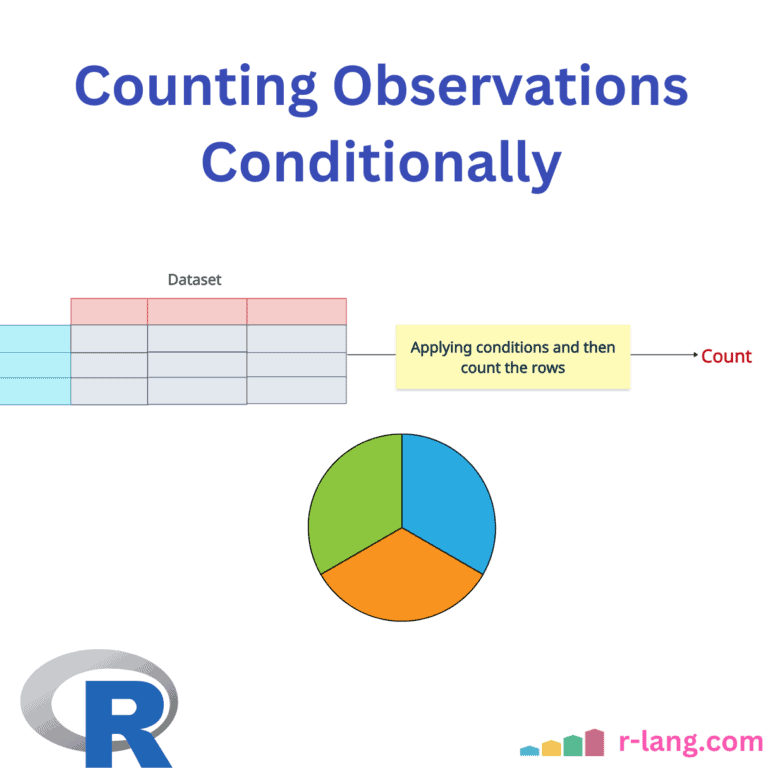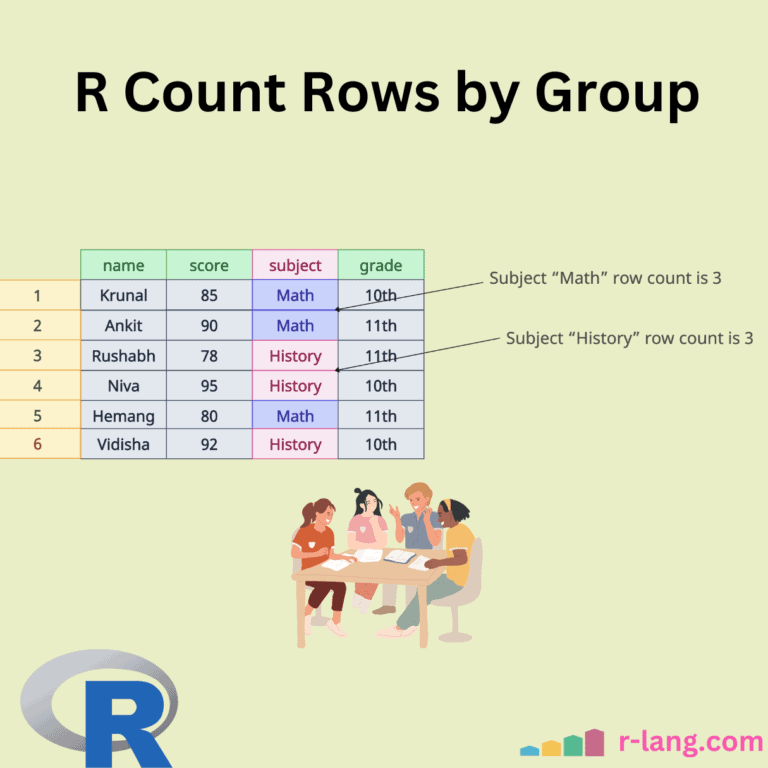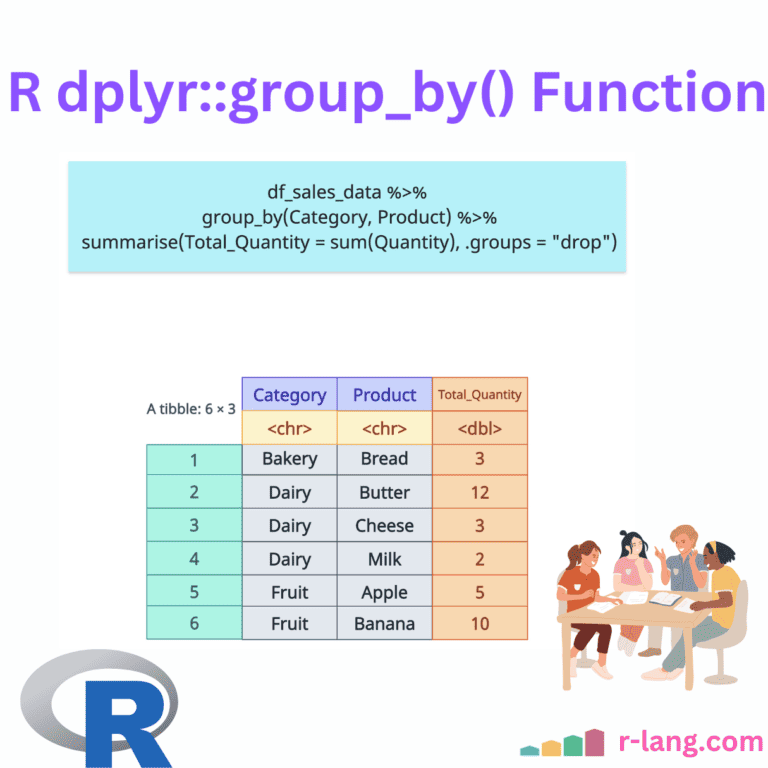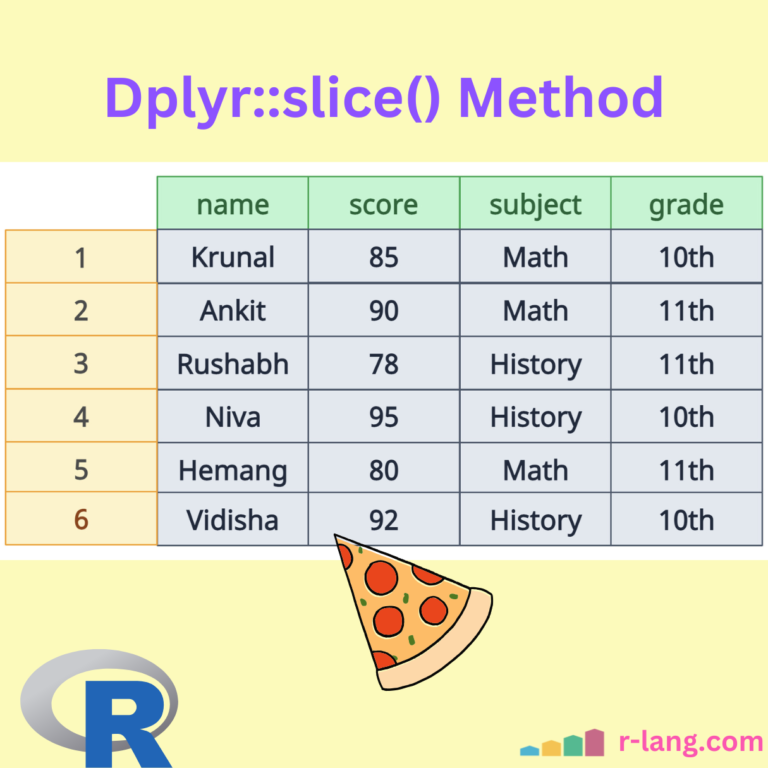How to Find the Maximum Value By Group in R
If you want to find the maximum value within a specific subset of your data, you must find the maximum value within each group. First, group your data based on the values of one or more categorical variables (columns). The second step is identifying the maximum value of a specific numeric variable (numeric column) for … Read more










